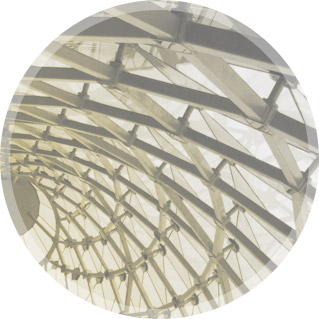Drury University
Hammons School of Architecture
The Drury Architecture program’s difference begins with its unique setting—a small liberal arts university committed to preparing students to think outside the limits of their particular discipline. Minors and double-majors are common and encouraged. Students have close one-on-one working relationships with faculty—facilitated by a student/faculty ratio below 14 to 1. For many graduates, these relationships lead to long-term and meaningful professional and personal mentorship.
http://www.drury.edu/architecture/
Setting
Drury University was founded as Drury College in 1873, modeled on New England's liberal-arts colleges. The original charter emphasized the provision of an academic experience that develops young men and women to be intellectually, socially and culturally productive citizens. As the institution has developed, becoming Drury University in 2000, it has added high-quality professional programs including a School of Education, the Breech School of Business, and the Hammons School of Architecture (HSA). The integration of these professional programs with the traditions of Drury's liberal-arts heritage has become central to the university's mission. Drury University, with 46 undergraduate academic programs and 18 graduate programs, enrolls 4,215 students (AY 2014-15 figures). Approximately 1,450 are enrolled in the traditional undergraduate day School, including 165 in the five-year M.Arch. program, with the remainder distributed between graduate and continuing education programs both at satellite campuses and at the main Springfield campus. Drury University's size and intimate campus setting allow for close personal associations among students, faculty and staff. Campus life does not end in the classroom. Co-curricular activities provide personal, recreational, and social development. These include intercollegiate and intramural athletics, student government, choir, theatre, volunteer programs, Greek organizations, and student publications.
School Philosophy
The expanding demands placed on today’s architects require training beyond the limits of a strictly professional curriculum. Drury graduates are well prepared to meet these challenges with an education that is not only professionally rigorous and technically sound but also broadened and enriched by the foundation of a top-caliber liberal-arts curriculum. Our graduates think critically and creatively, communicate clearly and effectively, and empathize with their clients and the communities they represent.

Programs
This sensitivity to the profession’s wider context is reflected in our student-body. While many students hail from the American Midwest, international students represent over 17% of our community. They are attracted by Drury Architecture’s rigorous professional program, but also by its difference—its emphasis on an education of both depth and breadth, its intense engagement with its local setting, and its commitment to the global dimensions of contemporary practice.
In addition, the Drury Architecture curriculum extends beyond the design studio:
All Drury Architecture graduates study abroad. This exposes students not only to great architectural works and settings but also fosters a broad cultural awareness that is essential for professionals and leaders.
All Drury Architecture graduates engage communities directly through participation in Community Studies studios, which provide needed design and planning input to towns and cities throughout the region. Through these experiences, students learn to look and listen closely—developing sensitivity to the real concerns of community members and putting into practice the principles and skills they cultivate in classrooms and studios.
All Drury Architecture graduates complete internships in architecture or related fields. This exposes students to possible future professional settings, and to the kinds of collaborative leadership needed to excel in a changing world.

of Focus
1. Art & Design
2. Materials and Construction
3. Building Technologies
4. Community Design
5. History | Theory | Criticism
6. Cross-Cultural Contexts | Human Experiences
7. Design/Build
8. Digital Design & Visualization

Opportunities

Facilities

Policies
Transfer Policies
HSA welcomes transfer students and work with prospective students individually to help them integrate as seamlessly as possible by crafting a plan that builds on what they have already completed and makes their experience her efficient yet productive.


